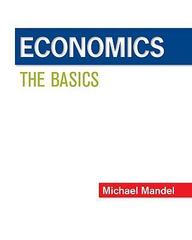Answered step by step
Verified Expert Solution
Question
1 Approved Answer
The monetary approach to purchasing power parity posits that, in the long-run, the money supply, GDP, and the velocity of money across different countries determines
The monetary approach to purchasing power parity posits that, in the long-run, the money supply, GDP, and the velocity of money across different countries determines exchange rates. Suppose these values for the U.S. and China are given by: Money Supply GDP (Y) Velocity (k) United States $100,000 $10,000 0.5 China 500,000 Yuan 20,000 Yuan 0.25 Use the monetary approach to answer the following: (i) What are the price levels in each country and what is the exchange rate? (ii) Suppose China inflates its money supply by 100,000 to 600,000 Yuan. What is the new Chinese price level and what is the new exchange rate? Does the dollar appreciate or depreciate? (iii) Return to the original numbers. Now suppose the U.S. has a recession, causing GDP to go down to $5,000. What is the new U.S. price level and the new exchange rate with China
Step by Step Solution
There are 3 Steps involved in it
Step: 1

Get Instant Access to Expert-Tailored Solutions
See step-by-step solutions with expert insights and AI powered tools for academic success
Step: 2

Step: 3

Ace Your Homework with AI
Get the answers you need in no time with our AI-driven, step-by-step assistance
Get Started


